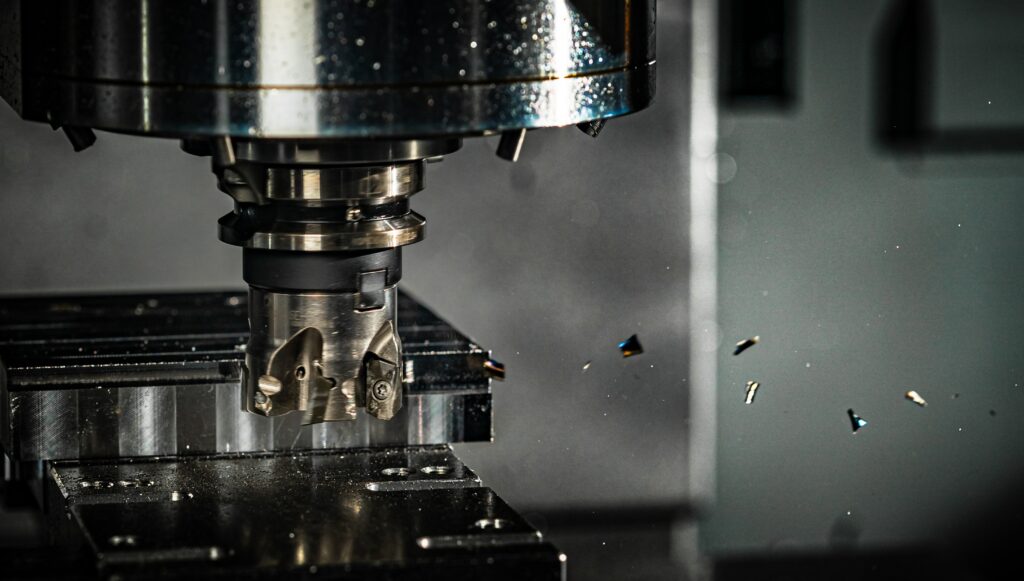Prevent defects before they occur. Carry out maintenance when it is really necessary. Do without unnecessary production downtimes. Predictive maintenance offers these and other advantages – a type of forecast-based maintenance. In the following, we describe exactly what that is and how companies benefit.
What is predictive maintenance?
Classically, systems are serviced preventively at certain time intervals. This concept can be reversed with the help of data, making it possible to predict when maintenance is actually required. A typical example would be a prediction of when a component will be worn out. In this way, components could be used longer, machine failures reduced and costs saved. AI (artificial intelligence) or machine learning are usually used to predict maintenance measures.

What are the benefits of predictive maintenance?
Predictive maintenance is a possible application area of IIoT (Industrial Internet of Things). Due to the collection of machine and process data in real time, information about tools and systems is available at all times.
An AI (artificial intelligence) or based on machine learning can then make predictions about when the wear limit of components will be reached or tools could break, etc. Based on these predictions, maintenance work can then be carried out in good time. Overall, predictive maintenance has great potential:
- Cost reduction through less frequent and more targeted maintenance measures
- Avoid machine failures
- Reduce field work by service employees
- Performance optimizations on the machine
- Performance optimizations when using tools
3 important prerequisites for predictive maintenance
In order to benefit from predictive maintenance, the systems of a production whose functionality is to be monitored must be connected to an IIoT hub. Very modern systems already provide interfaces here, while older systems can be retrofitted with appropriate sensors. IIoT platforms then aggregate this data and, through the use of special software, are able to make forecasts about the systems and send appropriate warnings or alarm signals.
Learn more about our IIoT platform for machining
Examples of predictive maintenance
Examples of predictive maintenance can look very different. In machining, for example, an impending tool breakage could be detected using predictive maintenance.
- In the field of wind energy, it is possible to use weather forecasts, actual data on temperature and humidity to predict when ice will form on rotors – and corresponding de-icing measures will be necessary.
- Such applications are also conceivable, for example, in rail transport.
- In aviation, too, for example, turbines or pumps can be replaced before they become defective thanks to the appropriate data and software.
- The list of examples is long – there are numerous areas of application in almost every industry.
